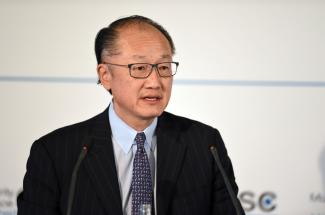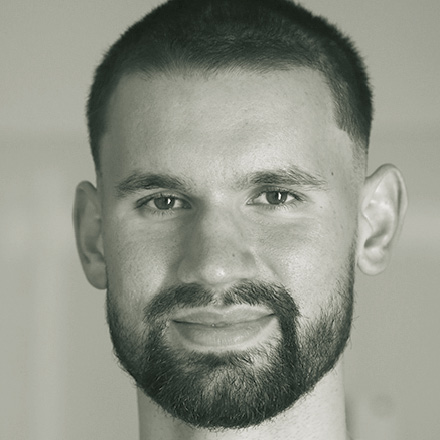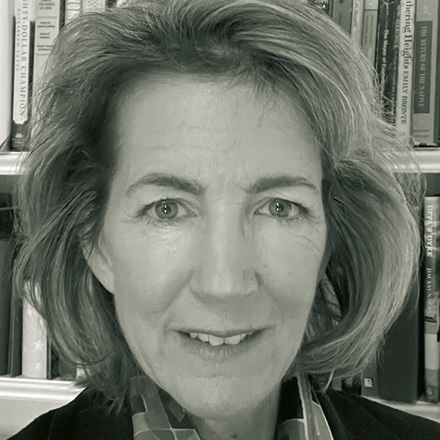International finance institution
Dangerous transformation
 Gebert/picture-alliance/dpa
Gebert/picture-alliance/dpa
Two branches of the World Bank will benefit: the IBRD (International Bank for Reconstruction and Development) and the IFC (International Finance Corporation). The IBRD lends to middle-income countries, and the IFC facilitates private-sector investments. More capital means the Bank can raise even more funding on international capital markets. As all banks do, it borrows money to be able to hand out credits.
In the same month, IDA (International Development Association) successfully issued its first bond. IDA is the World Bank subsidiary that provides loans and grants to the poorest countries. So far, IDA loans were always concessional, which means that they carried no or only low interest rates. By contrast, the new IDA-Scale-Up Facility will henceforth lend to the poorest countries on market-based interest rates as the IBRD does. The reason, of course, is that private investors expect returns. Whether the poorest countries can afford to pay such interest rates for public infrastructure is less clear.
According to World Bank President Jim Yong Kim, the new IDA funds “will transform the development trajectory of the world’s poorest countries”. We have reason to worry that this transformation will result in only infrastructure being built that directly benefits corporate interests without regard for the weakest and poorest communities. The most marginalised, after all, cannot contribute to servicing the loans. (kh)


